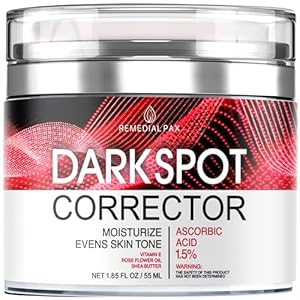
A great many aspects of cellular biochemistry change in the aging brain, a sea of changes within which there are a very large number of harmful changes. Some of those harmful changes cause little further issue, most will in turn cause other changes; it is a complex web of interactions. Neither the web nor the biochemistry itself is fully mapped. None of this is anywhere near fully understood. Inroads have been made, but they are just inroads. Human nature being what it is, most research attention is focused on those areas of brain biochemistry that are at least somewhat mapped and catalogued. That neurodegenerative conditions still exist shows that perhaps more attention should be given to the empty places on the map than is presently the case.
Today’s open access paper is an example of mapping the empty places. The focus on lysosomal acid lipase did not emerge fully formed from the waters, of course. Researchers have spent a great deal of time and energy understanding the mechanisms of the inherited condition of lysosomal acid lipase deficiency, in which mutation prevents the expression or correct function of this enzyme. As a result of that work, a recombinant protein therapy to deliver lysosomal acid lipase to patients with this rare condition has existed for a decade or so. Lysosomal acid lipase deficiency is detrimental to lipid metabolism, and it is becoming clear that dysfunctions in lipid metabolism can be important in the development of Alzheimer’s disease. The importance of today’s research materials is the act of stitching these two worlds together, research into lipid metabolism in neurodegeneration on the one hand versus lysosomal acid lipase deficiency on the other, and making them relevant to one another.
Loss of lysosomal acid lipase contributes to Alzheimer’s disease pathology and cognitive decline
Alzheimer’s disease (AD) is the most common form of dementia with over 90% of cases being sporadic or late-onset AD (LOAD). Though the etiology of LOAD is often unknown, risk factors such as heavy smoking or alcohol use, diabetes, hypertension, and obesity account for much of the risk. Though these exposures have diverse biological impacts, they converge upon a shared pathological progression – the accumulation of intraneuronal amyloid β (Aβ), extracellular Aβ plaque deposition, and pathological tau species formation with aging.
Intraneuronal Aβ is a feature of LOAD that is associated with early cognitive deficits. Aβ normally transits to neuronal endosomes with lysosomal degradation after internalization from the cell surface or endocytosis. Dysfunction of autophagy or lysosomes has been suggested to promote intraneuronal Aβ accumulation and subsequent plaque formation. However, the molecular drivers of lysosomal dysfunction associated with LOAD remain unknown. Human studies also suggest altered lipid metabolism. For instance, the polymorphisms in lipid efflux proteins increase risk, and the ε4 apolipoprotein polymorphism is a strong genetic LOAD risk factor. Lipid metabolism is governed by coordinated actions of lipogenesis, lipolysis, and lysosomal digestion (i.e., lipophagy). However, mechanisms by which aberrant lipid metabolism promote LOAD are unknown.
To identify underlying drivers of LOAD pathogenesis, we compared the cellular and molecular consequences of two distinct midlife risk factors for LOAD, heavy alcohol use and obesity. Using these two risk exposures to identify shared cellular deficits that underly LOAD pathogenesis, we found that the accumulation of neuronal lysosomal lipid (NLL) contributes to LOAD pathogenesis. This involves the loss of lysosomal acid lipase (LAL) the main lysosomal lipase. A role for LAL extended beyond these risk factors with neuronal LAL loss in normal aging that was greatly enhanced in human LOAD subjects without heavy alcohol use or obesity. Signs of a transcriptional mechanism were found, with altered localization of RNA polymerase II across the LAL gene body in female human LOAD hippocampus. LAL neuronal gene therapy blunted the enhancement Aβ pathology and cognitive deficits caused by midlife alcohol and prevented cognitive decline and affective dysfunction with aging in AD mice. Thus, LAL loss with aging contributes to the emergence of Aβ that can be targeted therapeutically for the prevention or treatment of AD.
Trending Products











